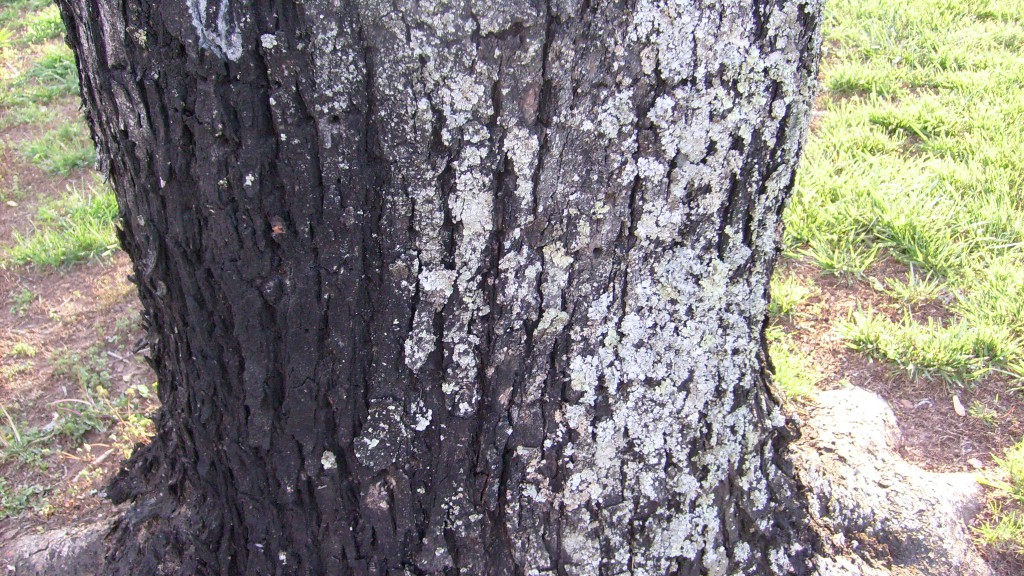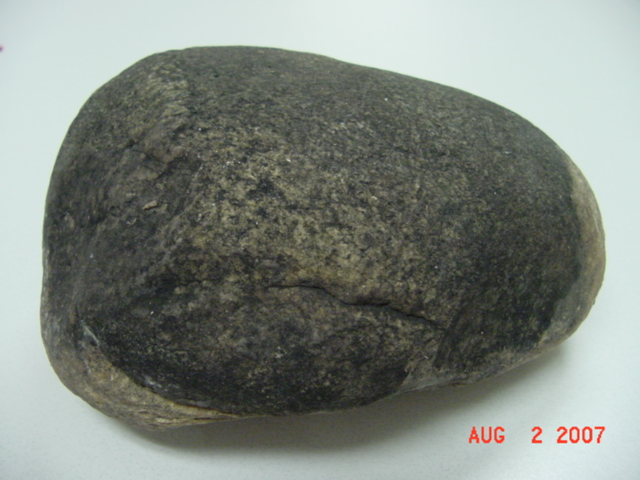Sooty mold can be a very confusing plant disorder to troubleshoot for many backyard gardeners and commercial landscapers. Quite often small trees, shrubs, and flowers that have no obvious insect or disease problems can be completely covered by this mysterious black mold. Even more perplexing is the fact that the same varieties of flowers and shrubs nearby may be completed unaffected. Most people assume that the black sooty mold is the problem and try to treat the mold with a variety of fungicides and other remedies. However, clients often end up being very frustrated when it doesn’t go away and are disappointed with the results of any attempt to remedy the problem.
If the sooty mold disorder continues to cover the leaves or needles of plants, they will eventually starve to death. Plants feed themselves through a process known as photosynthesis in the leaves. Plant leaves need sunlight to manufacture sugars and carbohydrates, which are necessary for plant energy and growth. If the leaves are covered by too much sooty mold, it could block out all sunlight from reaching the leaves. A common misconception is that adding fertilizer will help “feed” the plants. However, without sunlight, a plant cannot utilize nutrients from fertilizers to manufacture their own energy for growth. Quite often, plants that are covered with sooty mold for extended periods exhibit symptoms of slowed growth, leaf loss, dieback, and in extreme cases death.

So what is sooty mold? Basically, it’s a mold that grows on any surface that is covered with a sweet sugary residue such as plant sap. If you look around the affected area of your landscape, you might even notice rocks and mulch covered with the same sooty mold. Certain trees that are heavily attacked by woodpecker holes will bleed sap onto the bark of the tree. This sap will coat the bark of the tree and mold, turning the bark completely black. A favorite tree of woodpeckers is the sugar maple, which is why most sugar maples have black sooty mold growing all over the bark of the tree. Luckily, for maple trees, this is not a major problem since it only covers the bark instead of the leaves.

A sweet sugary residue, known as honeydew, can also coat the leaves of plants from the excrement of certain sap-feeding insects. These insects commonly include aphids, scales, whiteflies, and mealybugs. Plants that are infested with these insects may be completely covered with this sticky honeydew residue on the leaves. Eventually, this sugary residue will mold and turn black, causing the plant to have sooty mold. The real problem is the sap-feeding insects and not the sooty mold. If you get rid of the insect problem, then the sooty mold will eventually go away.
The reason why sooty mold is so complicated to deal with is because it’s not a plant disease and cannot be controlled with fungicides. Many landscapers misdiagnose this complex problem and often treat the wrong trees and shrubs with the wrong product, leaving the problem unsolved and the client very disappointed. If you are dealing with this problem in your landscape, the first thing you should do is look up! Sometimes, the sap-feeding insects are not on the same plant that’s covered with sooty mold.
What’s growing above the trees and shrubs in your landscape? Is there a taller shade tree growing nearby? Often, a taller tree such as a native hackberry might be infested with aphids and dripping honeydew on the smaller trees, shrubs, and flowers growing beneath the tree. In this case, the sooty mold is literally a symptom of a much bigger problem and only affects those plants directly underneath the insect infested trees. Other plants beyond the canopy of infested trees likely will not have any soot mold present. Find the source of the problem and treat the cause (insects) rather than the effect (sooty mold). For assistance with diagnosing insect and disease problems, contact your local County Extension office.
Paul Pugliese is the Extension Coordinator and Agriculture & Natural Resources Agent for Bartow County Cooperative Extension, a partnership of The University of Georgia, The U.S. Department of Agriculture, and Bartow County. (770) 387-5142. For more information and free farm, lawn, or garden publications, visit our local website at www.caes.uga.edu/extension/bartow .
